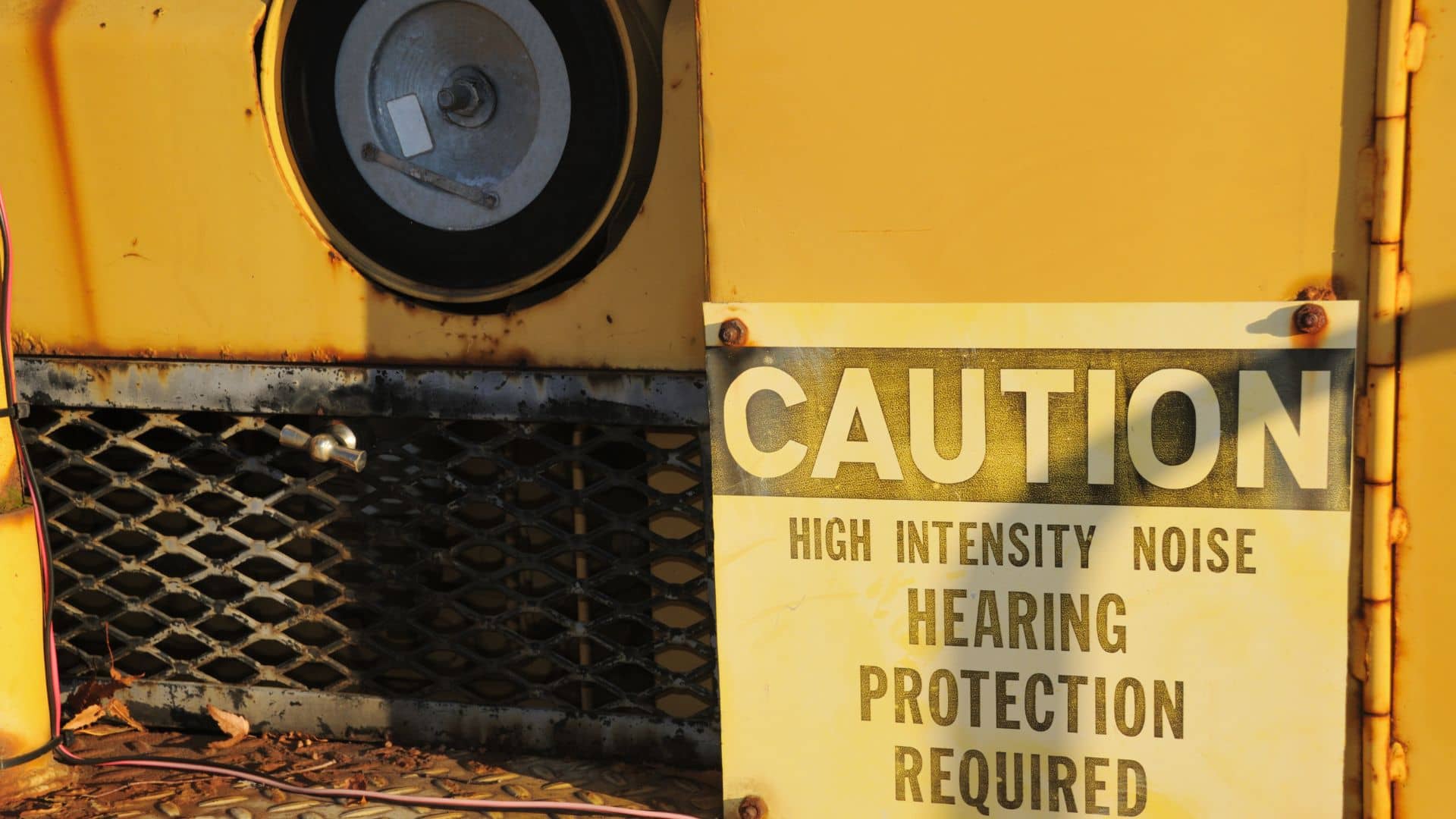The acoustic hood is a remarkable example of merging science, engineering, and design to manipulate soundscapes and improve our auditory experiences.
In this blog, we delve into the science behind acoustic hoods and how they contribute to creating more peaceful and comfortable environments.
Understanding Sound
Before delving into acoustic hoods, it's essential to grasp the fundamentals of sound. Sound is a form of energy produced by vibrations that travel in waves through the air or any other medium. These waves consist of alternating high-pressure (compression) and low-pressure (rarefaction) regions. When sound waves encounter obstacles, they can be absorbed, transmitted, reflected, or diffracted depending on the nature of the obstacle and the surrounding environment.
About Acoustic Hoods
An acoustic hood is a structure designed to mitigate the impact of unwanted noise. It is typically made from sound-absorbing materials and designed in a way that strategically manipulates sound waves. Acoustic hoods find applications in various industries, including manufacturing, construction, automotive, and even architectural acoustics.

The Science at Work
Sound Absorption
Acoustic hoods are often lined with materials that possess excellent sound-absorbing properties. These materials are designed to dissipate sound energy as it interacts with their surfaces. Porous materials, such as foam or mineral wool, are commonly used due to their ability to convert sound energy into heat energy as the sound waves pass through the material's interconnected pores.
Reflection and Diffraction
Acoustic hoods can be designed to manipulate the direction of sound waves. By curving or angling surfaces within the hood, sound waves can be directed away from sensitive areas. This prevents sound from bouncing around and creating unwanted echoes or amplification.
Sound Insulation
Apart from absorbing sound, acoustic hoods can also provide a degree of sound insulation. Sound insulation involves preventing sound from passing through the material. This is achieved by using materials with high mass and low resonance, effectively blocking the transmission of sound waves.
Design and Geometry
The shape and geometry of an acoustic hood play a significant role in its effectiveness. Curved surfaces can help disperse sound waves, preventing them from bouncing directly back. The placement of the hood in relation to noise sources and receivers is also crucial for optimal performance.

Application in the Industrial Setting
Machinery and equipment in factories can generate high levels of noise.
Acoustic hoods can enclose these machines, reducing the noise that reaches workers and surrounding areas.
Conclusion
By strategically absorbing, reflecting, and diffusing sound energy, acoustic hoods contribute significantly to effective communication in environments with high levels of noise pollution.
Vivo Asia Engineering & Trading supplies and installs acoustic hoods as part of PABX systems or separately. We have partnerships with some of the best brands in the industry and are well-versed in industry compliances. Contact us today!

